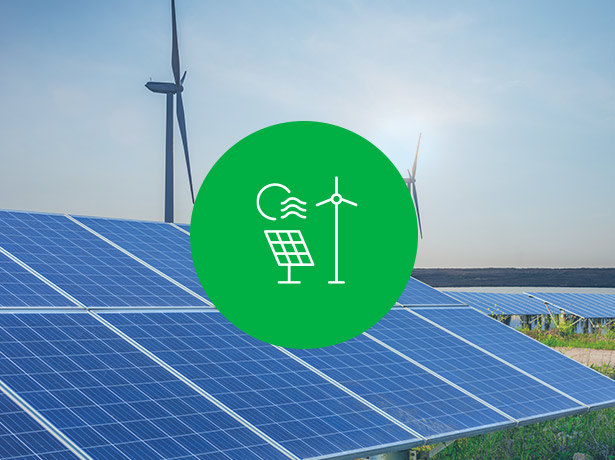Net zero has become a buzz word in sustainability circles, but what exactly does it mean? To put it simply, net zero refers to a state in which there is equilibrium between greenhouse gases being produced/emitted and the amount that’s removed from the atmosphere. A balance between inputs and outputs. An internationally agreed upon goal, achieving net zero CO2 by 2050 is needed to remain consistent with 1.5C trajectory outlined in the Paris Agreement. There are several strategies to achieve net zero, including emission reduction practices such as efficiency projects, electrification, and renewables, as well as emission removals such as investment in carbon sinks such as reforestation, regenerative farming, and forest preservation.
Net zero does NOT mean carbon neutral. Although the two terms aim to balance GHGs, their difference lies in steps to compensate for emissions and integrate offsets. Typically centered around businesses, a business can claim carbon neutrality by first measuring their GHG emissions and offsetting their balance without reducing its own emissions. Helpful, yes, as these companies are funding vital offset projects around the world, however, they’re not addressing the key issue. Net zero guides companies to reduce their emissions first, before falling back on offsets. The Science Based Targets Initiative defines that achieving net zero must be achieved by abating at least 90% of emissions through reduction strategies, allowing the remaining 10% of emissions to be addressed through permanent carbon removal projects.


